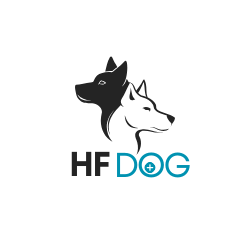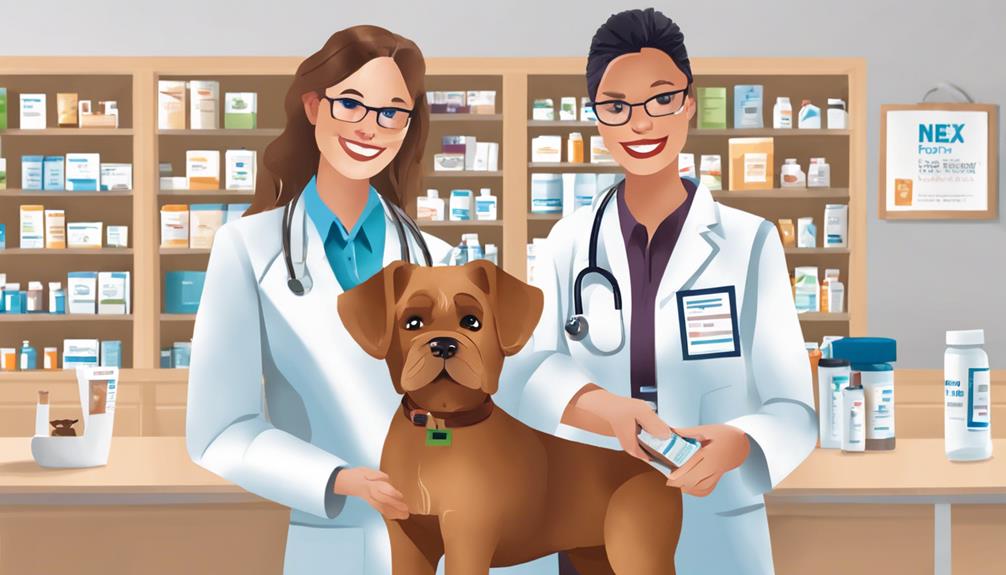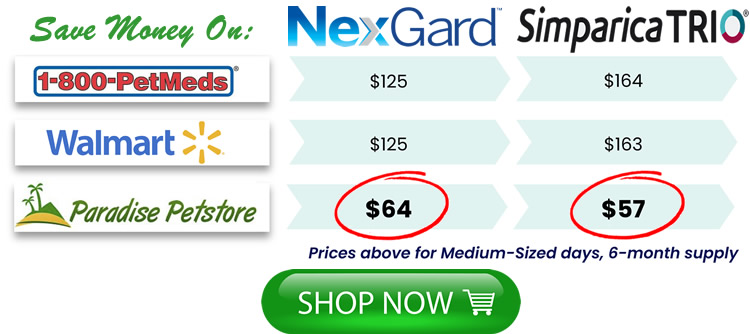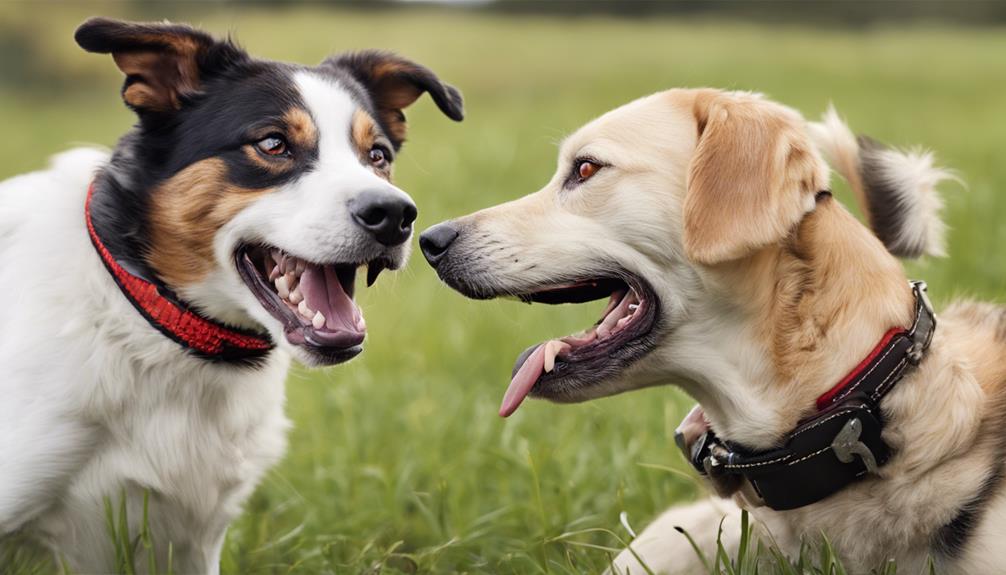Why Does Nexgard Need a Prescription
To keep pets safe, Nexgard needs a prescription. Health authorities regulate it for your pet's well-being. Specific instructions ensure it's used correctly. Afoxolaner's risks require this oversight. Your vet determines the right dosage for your dog considering their weight and health. Monitoring for side effects like vomiting or lethargy is crucial. Ensure your furry friend's safety by following these guidelines.
Key Takeaways
- Afoxolaner in Nexgard poses potential risks requiring prescription status for regulated use.
- Health authorities like the FDA mandate specific instructions for pet safety and well-being.
- Veterinarians tailor Nexgard dosage based on individual dog factors like weight, age, and health conditions.
- Prescription ensures proper monitoring for adverse reactions like vomiting, diarrhea, lethargy, and more.
- Consistent use as directed helps prevent resistance development against fleas and ticks.
Regulation by Health Authorities
When considering why Nexgard requires a prescription, it's essential to understand the regulatory oversight by health authorities. The reason behind this requirement lies in the fact that Nexgard contains an active ingredient, afoxolaner, which is classified as a prescription medication due to its potential risks and specific instructions for use. Health authorities, such as the FDA in the United States, have deemed it necessary to regulate Nexgard to ensure the safety and well-being of pets.
Safety Concerns and Side Effects
To ensure the well-being of your pet, understanding the safety concerns and potential side effects of Nexgard is crucial. While Nexgard is generally safe and effective, like any medication, it can have side effects. The most commonly reported side effects include vomiting, diarrhea, lethargy, and lack of appetite. In rare cases, some dogs may experience more severe reactions such as tremors, seizures, or allergic reactions. It's important to monitor your pet closely after administering Nexgard for any unusual symptoms and consult your veterinarian if you have any concerns.
Additionally, Nexgard has been associated with neurological reactions in some dogs, although these instances are rare. Signs of neurological issues may include tremors, seizures, or difficulty walking. If you notice any of these symptoms after giving Nexgard to your pet, seek veterinary attention immediately. Remember, every dog is different, and while Nexgard is generally safe, it's essential to be aware of these potential side effects to ensure the health and safety of your furry companion.
Tailored Dosage for Individual Dogs
For optimal effectiveness and safety, veterinarians determine the tailored dosage of Nexgard for individual dogs based on factors like weight, age, and health condition. This personalized approach ensures that your furry friend receives the right amount of medication to effectively combat fleas and ticks without compromising their well-being.
Your dog's weight plays a crucial role in determining the appropriate Nexgard dosage. Different weight categories require specific dosages to achieve the desired results. Additionally, your dog's age is taken into consideration, as puppies and adult dogs may have varying dosage requirements.
Furthermore, your dog's overall health condition is a key factor in determining the tailored dosage of Nexgard. Dogs with certain health issues may need adjustments in their dosage to prevent any adverse effects. Trusting your veterinarian to calculate the precise Nexgard dosage for your dog is essential in ensuring their safety and the effectiveness of the treatment.
Monitoring for Adverse Reactions
Regularly monitoring your dog for any adverse reactions to Nexgard is crucial for ensuring their well-being during the treatment. While Nexgard is generally safe and effective, like any medication, it can sometimes cause adverse reactions in some dogs.
Keep a close eye on your furry friend after administering Nexgard, watching out for symptoms such as vomiting, diarrhea, lethargy, or loss of appetite. If you notice any unusual behavior or symptoms, contact your veterinarian immediately for guidance.
It's essential to remember that not all dogs will experience adverse reactions to Nexgard, but being vigilant can help catch any issues early on. By monitoring your dog closely and being proactive in addressing any concerns, you can ensure that they've a positive experience with their flea and tick treatment.
Remember to follow your veterinarian's instructions for Nexgard administration and reach out to them with any questions or concerns that may arise during the treatment. Your dog's health and well-being are of the utmost importance, so stay observant and attentive throughout the Nexgard treatment process.
Prevention of Resistance Development
Maintaining efficacy of Nexgard against fleas and ticks requires proactive measures to prevent resistance development. To achieve this, it's crucial to use Nexgard as directed by your veterinarian. Avoid skipping doses or extending the time between treatments, as inconsistent use can contribute to resistance. Additionally, rotating between different types of flea and tick preventatives can help prevent the development of resistance.
By alternating products, you reduce the likelihood of fleas and ticks adapting to a specific treatment. It's also important to treat all pets in your household with Nexgard to prevent cross-contamination and ensure comprehensive protection. Regularly checking for signs of flea or tick infestations and consulting your veterinarian at the first sight of any issues can help address problems promptly.
Frequently Asked Questions
Can Nexgard Be Used in Pregnant or Nursing Dogs?
Yes, Nexgard should not be used in pregnant or nursing dogs without consulting a veterinarian. It is crucial for the safety of both the mother and her puppies. Always seek professional advice before administering any medication.
Are There Any Known Drug Interactions With Nexgard?
Yes, there can be drug interactions with NexGard. It's essential to consult your vet before giving it to your dog, especially if they are on other medications. Your vet can provide guidance on safety.
How Quickly Does Nexgard Start Working After Administration?
After administration, Nexgard typically starts working within 4 hours to kill fleas and ticks. You may notice a decrease in infestation as the medication takes effect. Ensure consistent dosing for continued protection against parasites.
Can Nexgard Be Given to Puppies Under a Certain Age?
Yes, Nexgard can be given to puppies under a certain age. It's essential to follow the recommended guidelines provided by your veterinarian. Always consult with them before administering any medication to ensure the safety and well-being of your puppy.
Are There Any Special Storage Instructions for Nexgard Tablets?
Store Nexgard tablets in a cool, dry place away from direct sunlight. Keep them in their original packaging and out of reach of children and pets. Follow these instructions to maintain the medication's effectiveness.
Conclusion
In conclusion, NexGard requires a prescription to ensure proper regulation by health authorities. This helps monitor for safety concerns and side effects, provide tailored dosage for individual dogs, and prevent resistance development.
It's important to follow these guidelines to ensure the health and well-being of your furry friend. Talk to your veterinarian to see if NexGard is the right choice for your dog's flea and tick prevention needs.








